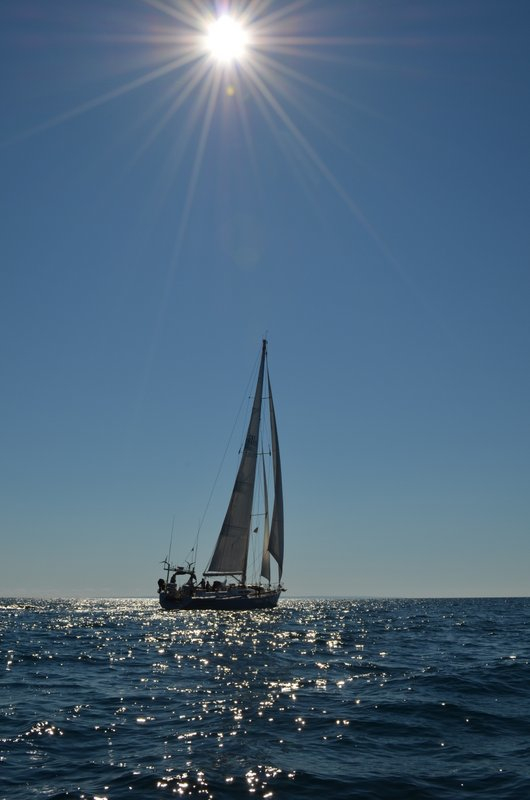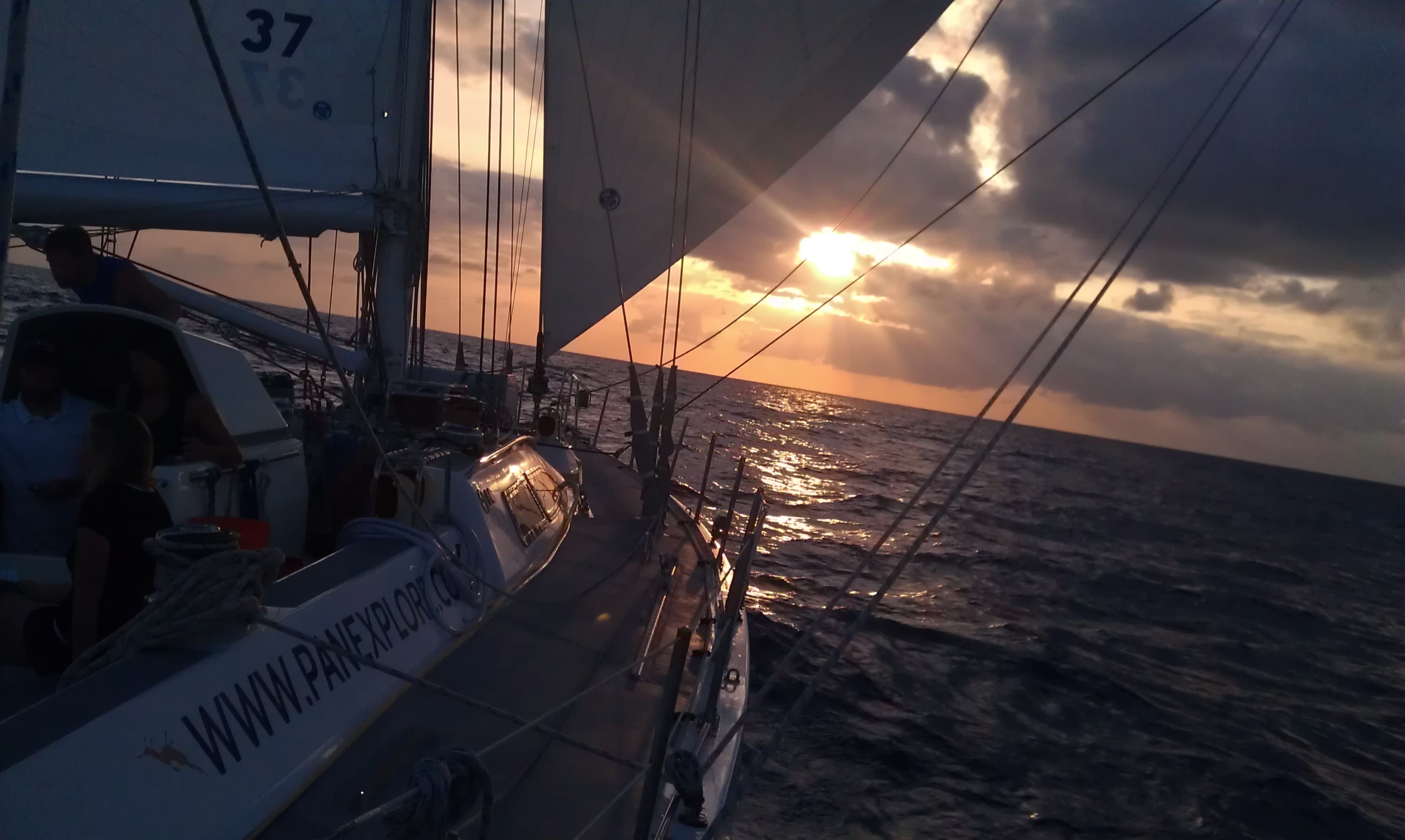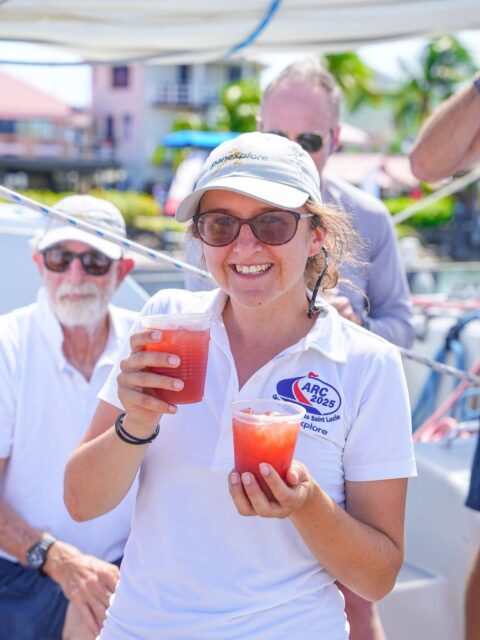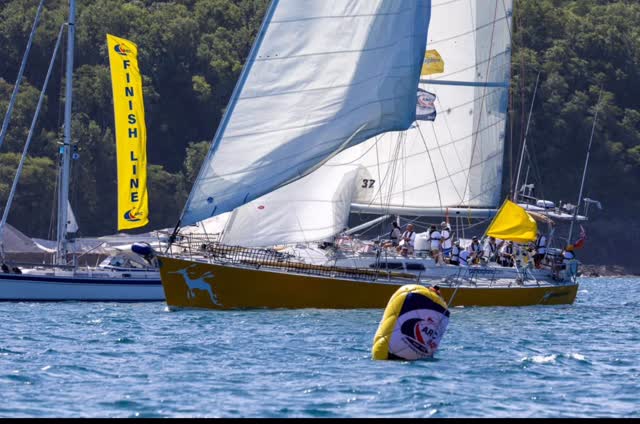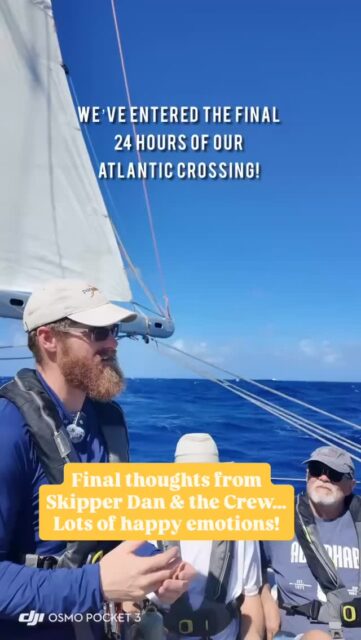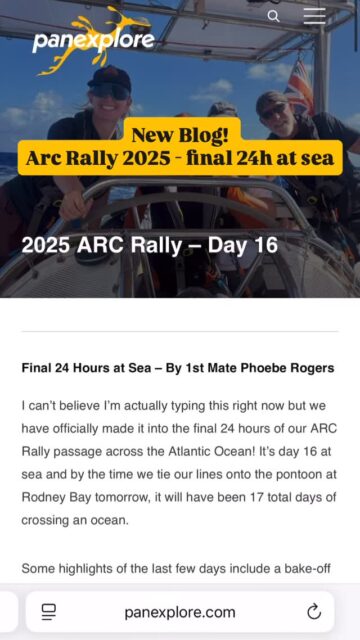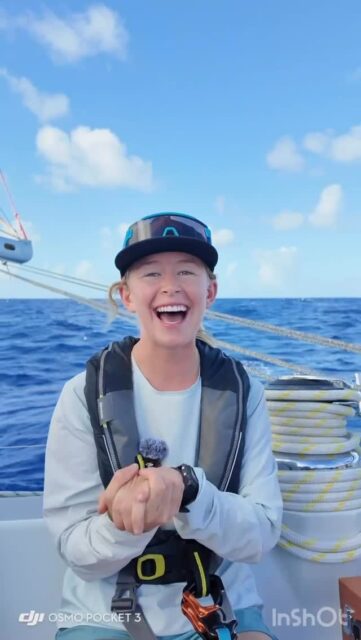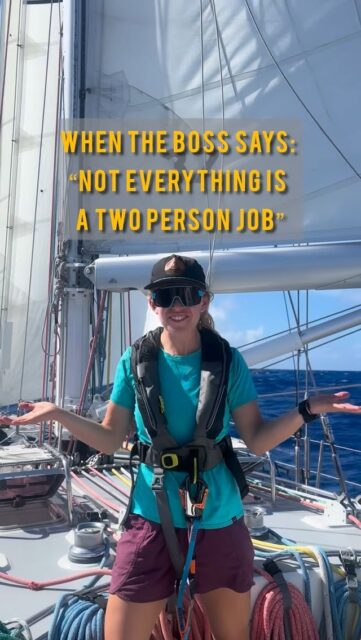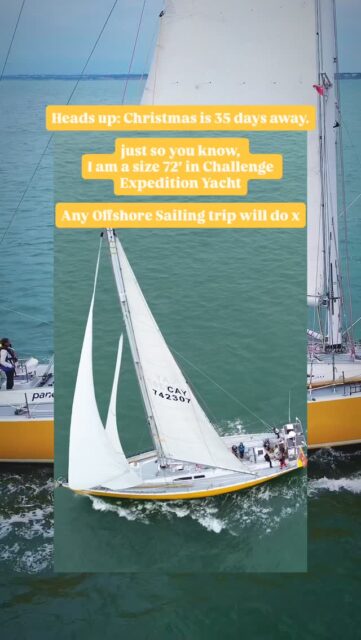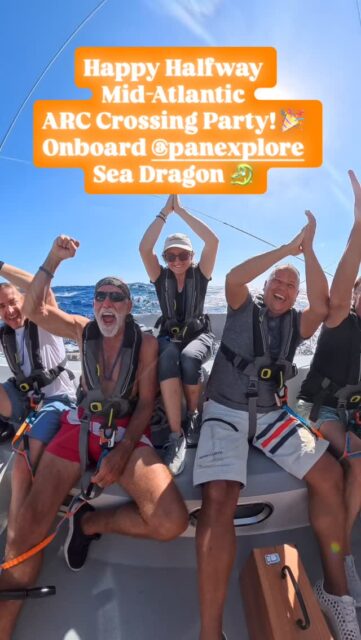The latest estimate of plastics afloat in our seas and oceans is put at 5.25 trillion pieces, weighing in at 250,000 tonnes. That, coupled with the fact that over 260 marine related species are known to be ingesting plastics from our oceans, and well documented evidence on the impacts of this ingestion on a wide variety of marine animals including zooplankton, makes man’s legacy a dirty one. However, it is not too late! We can change things.
Read MorePost Tagged with: "plankton"
Studio Swine and the Golden Machine
Reconfiguring our conception – and use – of ‘waste’ is a theme running through Studio Swine’s work, which has seen them crafting chairs from aluminium cans in Brazil, and extraordinarily beautiful, tortoiseshell-like table-tops and other objects from human hair and bio-resin in China. They first became interested in ocean plastic after Alex heard a BBC Radio 4 programme about a previous Sea Dragon voyage from Brazil to South Africa through the South Atlantic gyre. On our current journey, as we lower the fish-mouthed trawls into the sea for the daily collection of plastic and plankton, we’re witnessing an intriguing, real-time intersection of science and art.
Read MoreOcean Friendly Design
According to the UK Design Council, 80% of a product’s environmental impact is ‘locked in’ at the design stage. Take the humble toothbrush. Most of these apparently simple objects are made from three or four different kinds of plastics. For a toothbrush to be recycled, the different plastics would have to be separated, making toothbrush recycling, even were this technically feasible, an immediate non-starter financially. The toothbrush as a whole is a short-lived item, but actually, the only short-lived bit of it is the bristles in the head. The plastics in the handle will probably last upward of 450 years.
Read MorePlankton Poo
Steph, who is normally based at the University of Exeter, talked about the research she’s been doing en route. She’s asking two main questions: 1) where on our route will we find the most plastic and plankton occurring together; 2) can we find ‘real world’ evidence (as opposed to lab-based evidence, which already exists) that plankton ingest plastic? The critical question is the second one, and the method is brilliant.
Read MoreHorizons
On the early watch, a colourless sun turns the shifting waves to a runway of dynamic molten silver. At dusk, as the light leaches away, the sea turns pewter, then gun-metal grey, the wave surfaces etched and chiselled and constantly in motion. At night, there’s an immensity of stars, silent above the black sea. It’s the biggest space I’ve ever been in. It’s extraordinarily, exhilaratingly, utterly wonderful. And I suspect, as I notice my distinctly mixed reactions to the news that we might reach land tomorrow, addictive.
Read MoreCruising
Highlights of the trip so far have involved dolphins; Steph giving an excellent talk about her research with laptop slides on deck and dolphins arching in the background; and bioluminescent dolphins lighting up a dark night like waterborne fireworks. From our perspective, in many ways so out of our element, that there are creatures so at home in the sea seems amazing. Amazing and, inevitably, bittersweet to watch them leaping and sparkling given what we know about how we are changing their world.
Read More